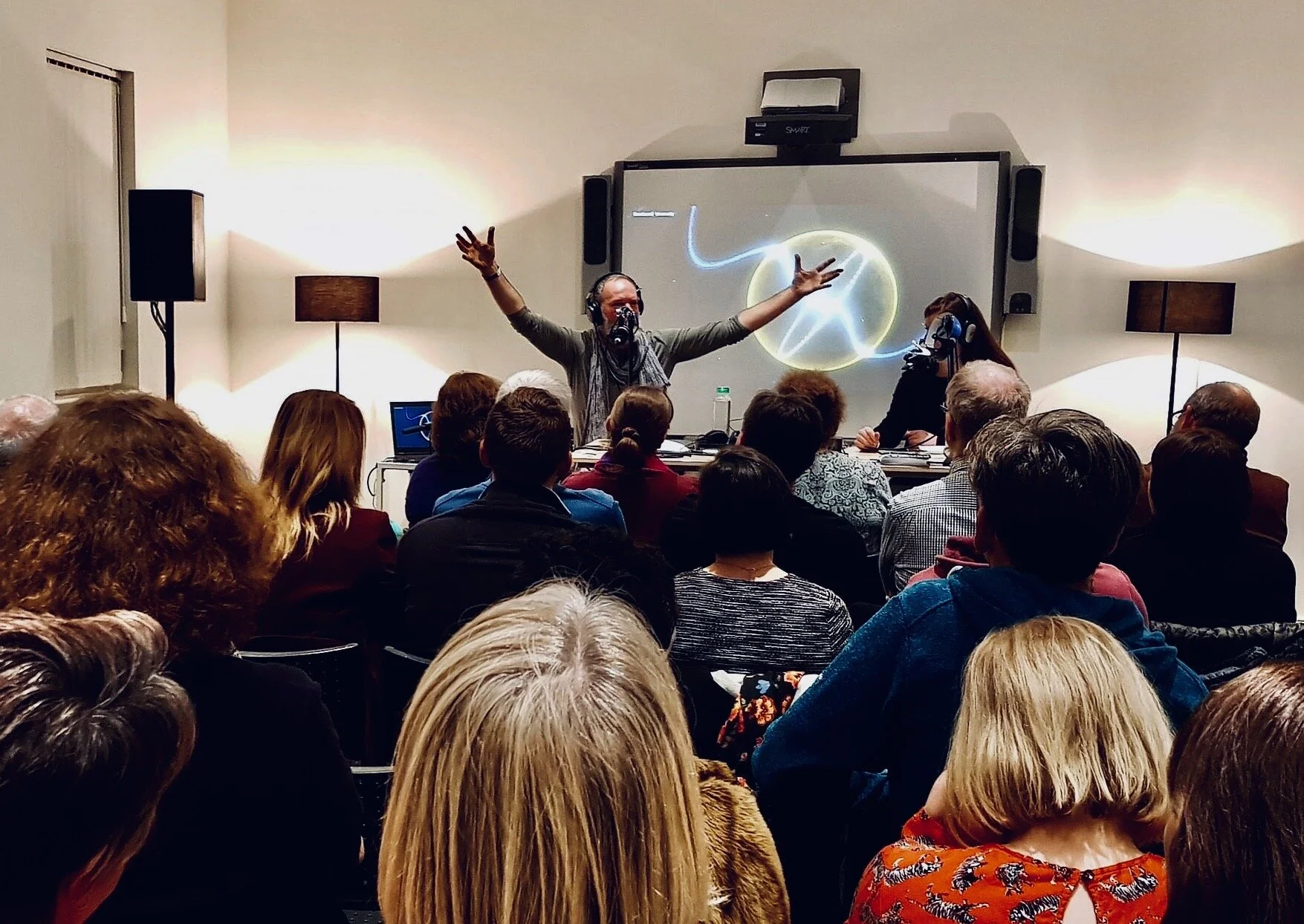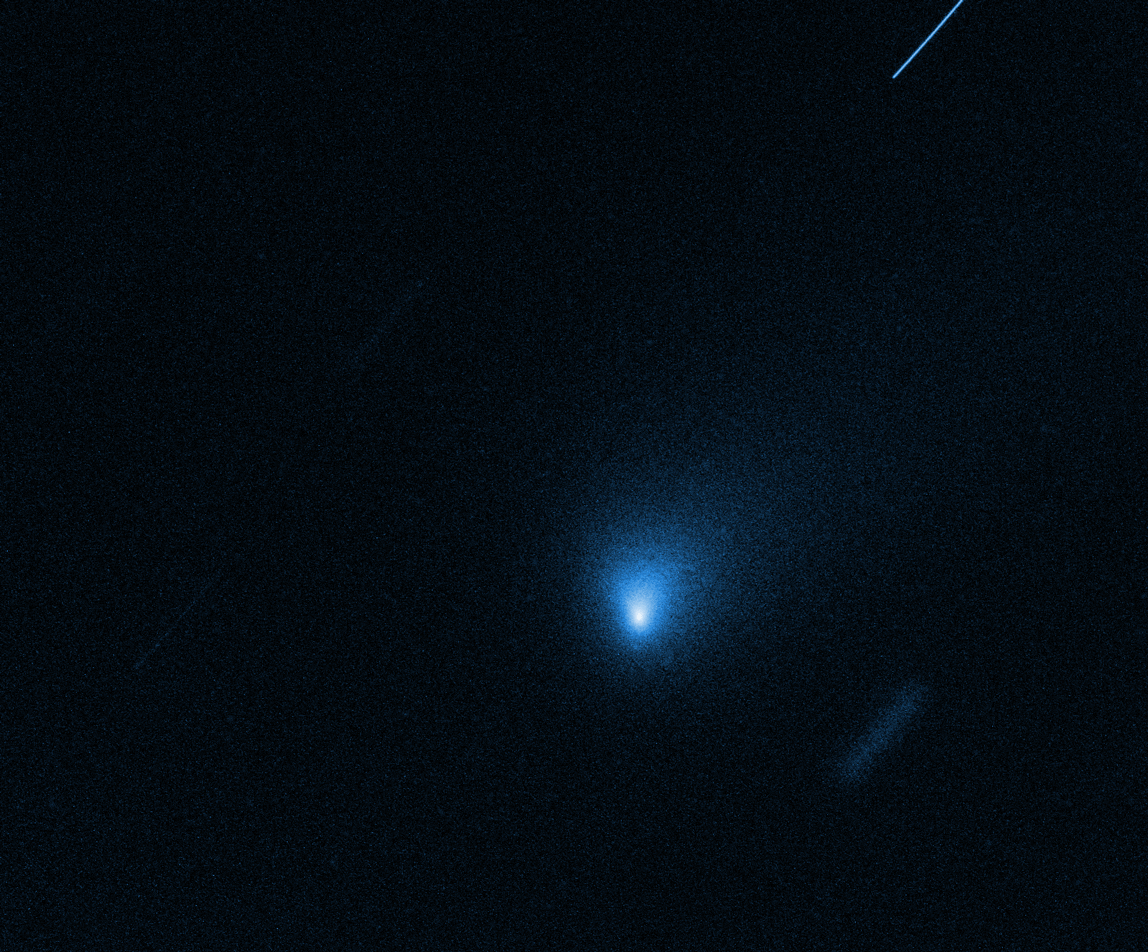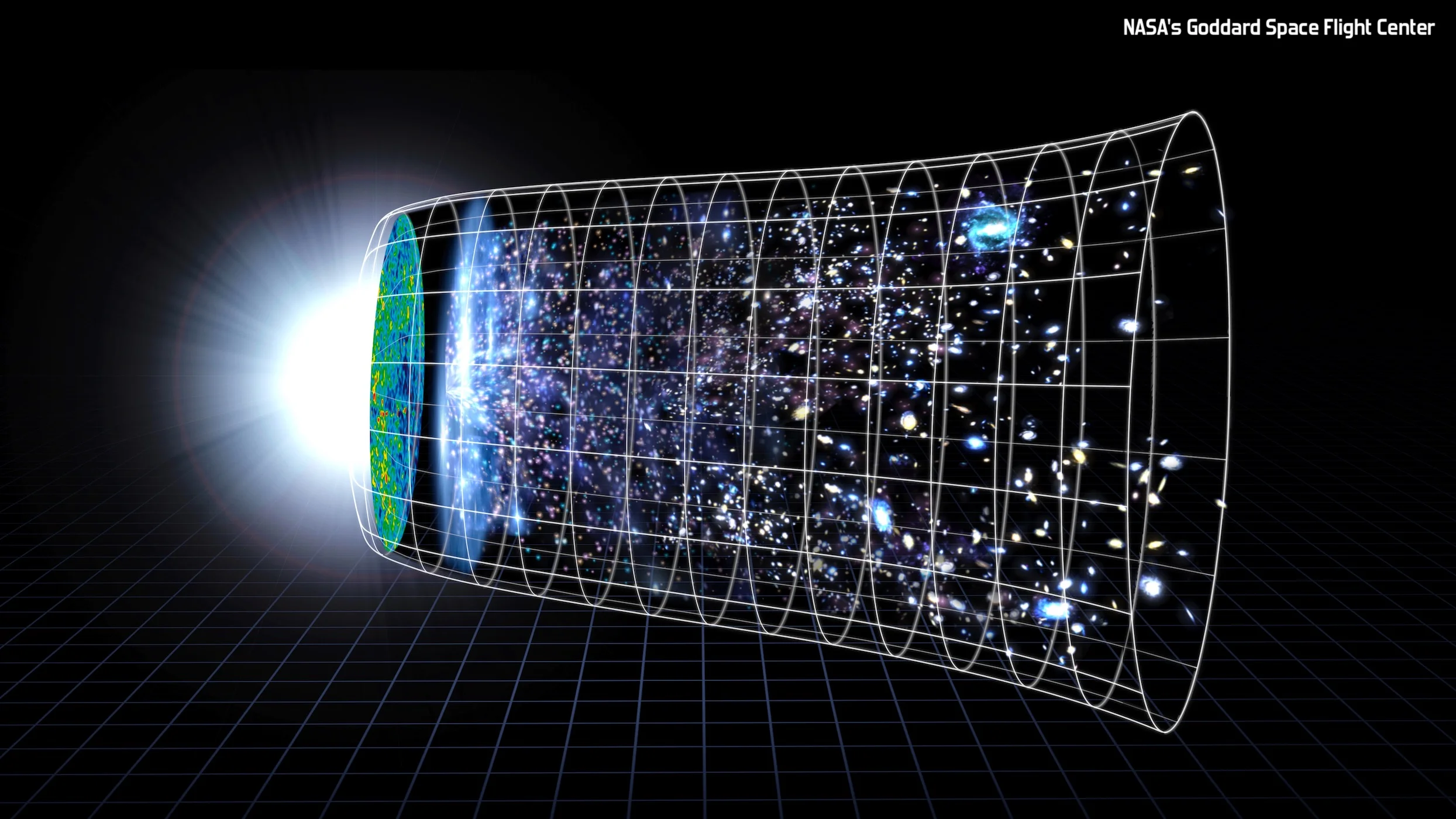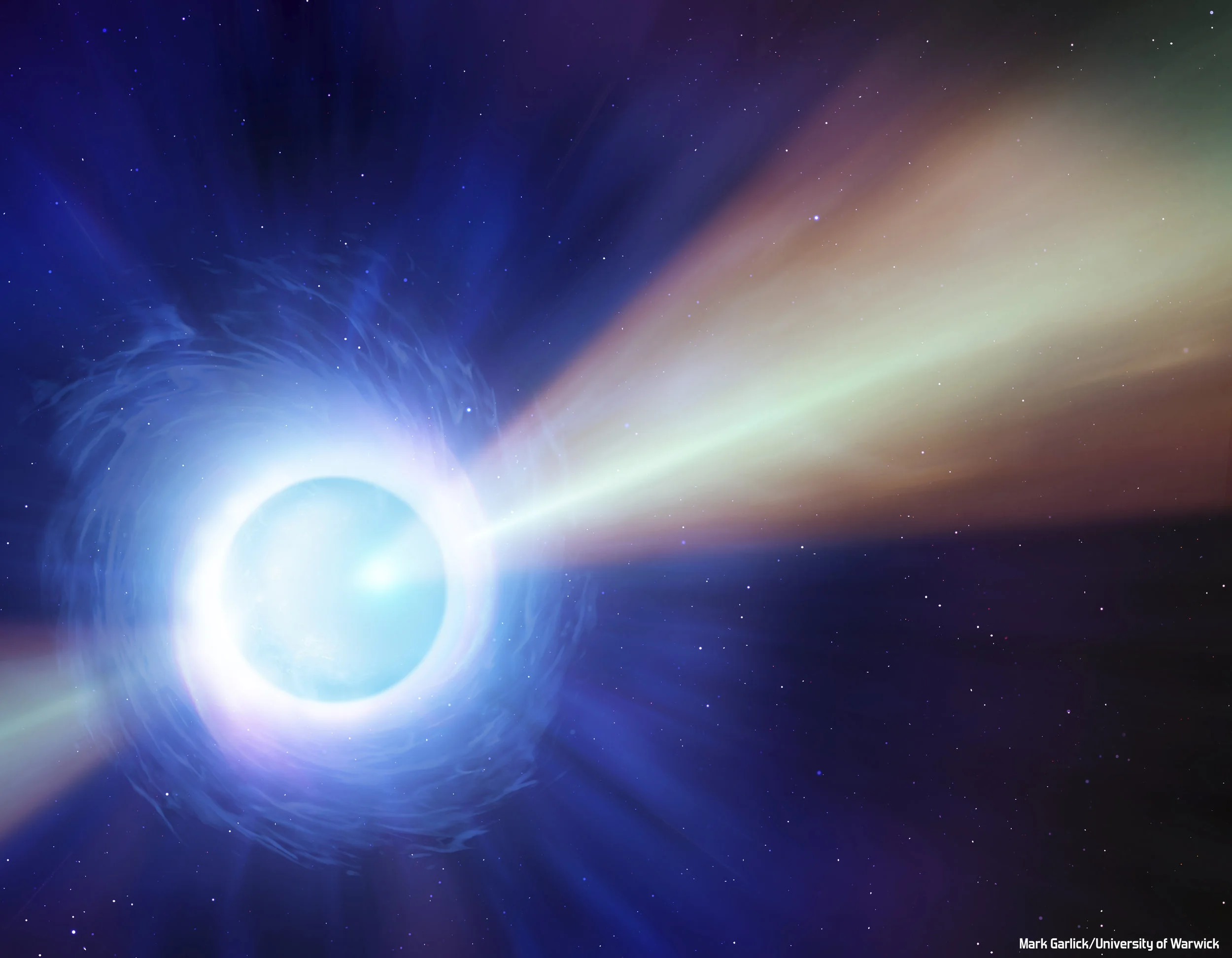
54: Black Hole Redemption
Typically, black holes are portrayed as monstrous, pitch-black space beasts gobbling up stars and planets — but Emily is here to salvage their reputation. See, some supermassive black holes are special: called quasars, they emit stupendous jets of energy that stretch across intergalactic space, sending shockwaves into neighbouring galaxies that can kickstart new star formation.

53: ’Tis the season(ality)
Life on Earth changes dramatically with the seasons — so much so that spotting Earth’s seasons from space is easy. Spring and summer are generally green, Autumn turns brown, and winter is white — in some parts of the world anyway. Could you detect seasons on exoplanets? And if so, could you use that as a signature of extra-terrestrial life? A tip from one of our Patreon patrons sent us in search of exoplanet seasonality, via all sorts of other biosignatures, from the technological (UFOs?), to the physical (fossils), to the atmospheric (chemicals in the atmosphere), and finally to the time-dependent (seasons).

52: Live from the Podcast Social Club!
Recorded at the first ever Podcast Social Club at Rural Arts, Thirsk, a very special edition of the show — The Great Syzygy Space Off #2! Emily and Chris compete for glory in a series of three exoplanet-themed categories: the deadliest, the most terrifying, and the weirdest and wonderfulest planets in the universe. Our fabulous audience voted for their favourites, choosing who would walk away wearing the coveted GSSO Crown!

51: Mercury in Transit!
On 11 November, the littlest planet Mercury wandered bravely across the face of the Sun — and all over the world people watched it happen through their telescopes and solar filters. Chris and Emily went our on a cold, windy Yorkshire autumn afternoon to the University of York's Astrocampus — Emily's second home. They caught a brief but satisfying glimpse of tiny Mercury silhouetted against the giant solar disc, and chatted about transits, what they mean, and what we learn from them.

50: Imposter Comet!
For only the second time, astronomers have spoptted an interstellar interloper wandering through our solar system. Comet 2I/Borisov was spoitted by amateur astronomer Gennadiy Borisov on 30 August 2019 — since then it has been imaged by Hubble and studied in enough detail to work out where it came from. (Well, maybe. These things are hard.) It's not easy to spot, but it's worth making friends with a local astronomer to get a glimpse, becuase Borisov won't be in our skies for long ...
(Image: NASA, ESA, and D. Jewitt (UCLA))

49: The Syzygy Planet Hunter's Guide
Some planets are easy to spot — Venus, for example, the morning star, the evening star. Others take a bit more effort to see with the naked eye, like Mercury, Mars, Jupter and Saturn. Uranus and Neptune require some technical assistance. And Pluto is more challenging still. Emily gives the full rundown on how you too can collect all the planets, and fill in our handy Official Syzygy Planet Spotting Scorecard!

48: Wobbly Stars & Exoplanets
Syzygy is all about Emily this week, as her own field of asteroseismology comes to the fore: turns out, wobbly stars can tell us a lot about exoplanets! Studying starquakes can improve our knowledge of the mass and orbit of exoplanets by an astounding amount. Sadly, not all stars wobble in just the right ways, so the hunt is on for bigger and better models and methods ...

47: The Milky Way Explodes!
A big win for astrophysics in the 2019 Nobel Prizes. And the new discovery that, not so long ago, the centre of the Milky Way galaxy exploded with stupendous energy, lighting up a region of our local universe called the Magellanic stream — enough that our distant ancestors a few million years ago would have seen it in the sky, and maybe wondered what the heck the gods were up to ...

46: Dark Energy And The End Of The Universe
A century ago, Einstein had a conundrum: his brand new General Theory of Relativity, explaining gravity as warped space-time, predicted a universe either expanding or contracting — yet the cosmos seemed, and was believed by all to be, static. To fix his equations, he added a simple fudge factor, the Cosmological Constant, to balance gravity and keep the universe in place. Hubble then showed that, actually, the Universe is expanding after all ... and everyone agreed that Einstein's constant wasn't necessary. Albert himself called it his "biggest blunder". Except, a hundred years later, astronomers found that the universe isn't just expanding ... it's speeding up! The simplest way to account for this in theory is to drag Einstein's blunder out of the bin, dust it off, and give it a new name: Dark Energy. Not a big deal — it only accounts for, what, 70% of the known universe ...

45: Biggest Neutron Star Ever!
Neutron stars are weird — big balls of super-dense, stupidly energetic, rapidly rotating nuclear splodge. They're stars that, after running out of fusion fuel, have collapsed beyond the Quantum Electron Squashing Limit (a real thing), and have entered the Quantum Neutron Squooshing Regime (also a real thing). But there's a limit to how big they can be ... and, in an amazing series of coincidences, astronomers have just found a neutron star so close to that limit, it makes us wonder if something weird's going on.
